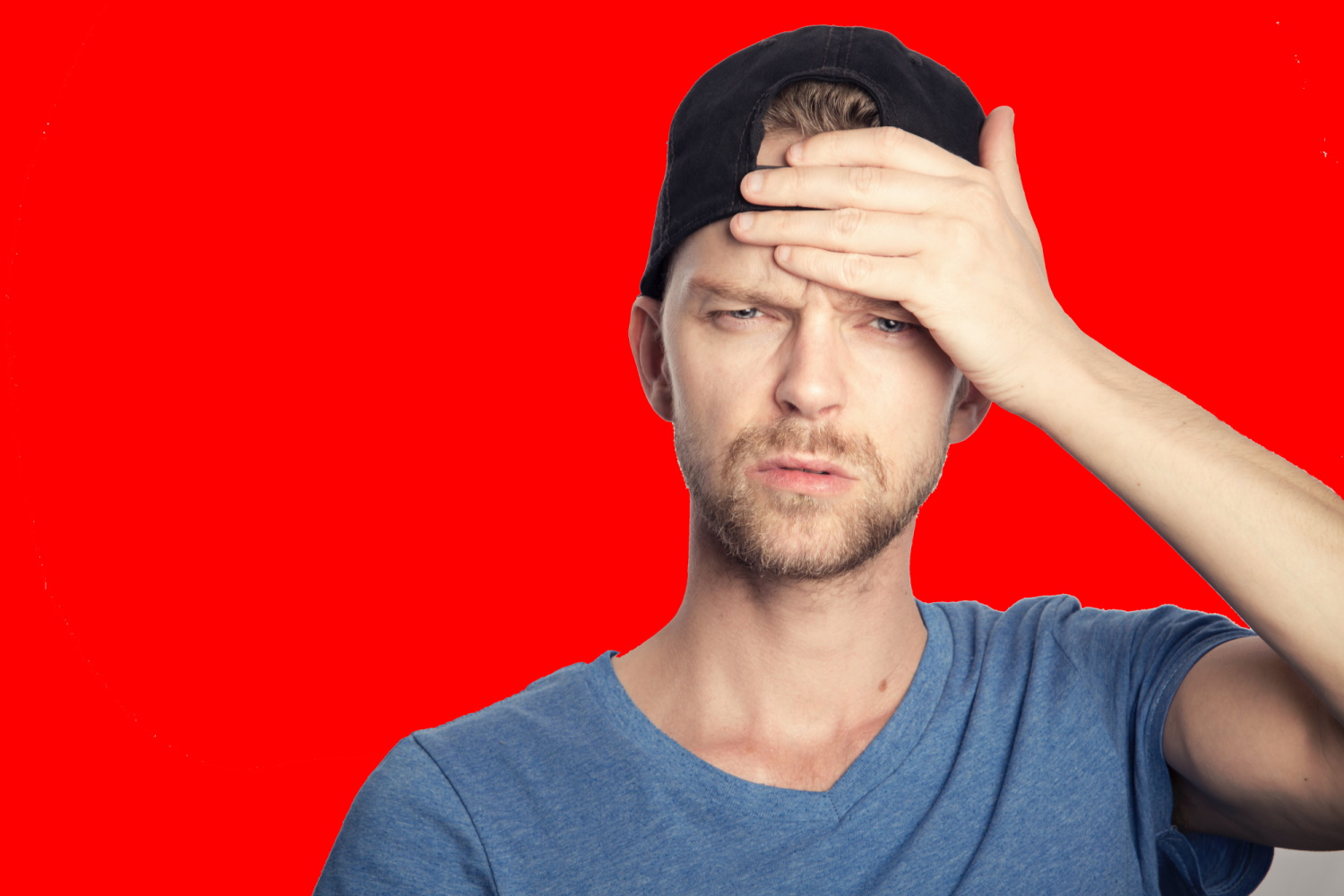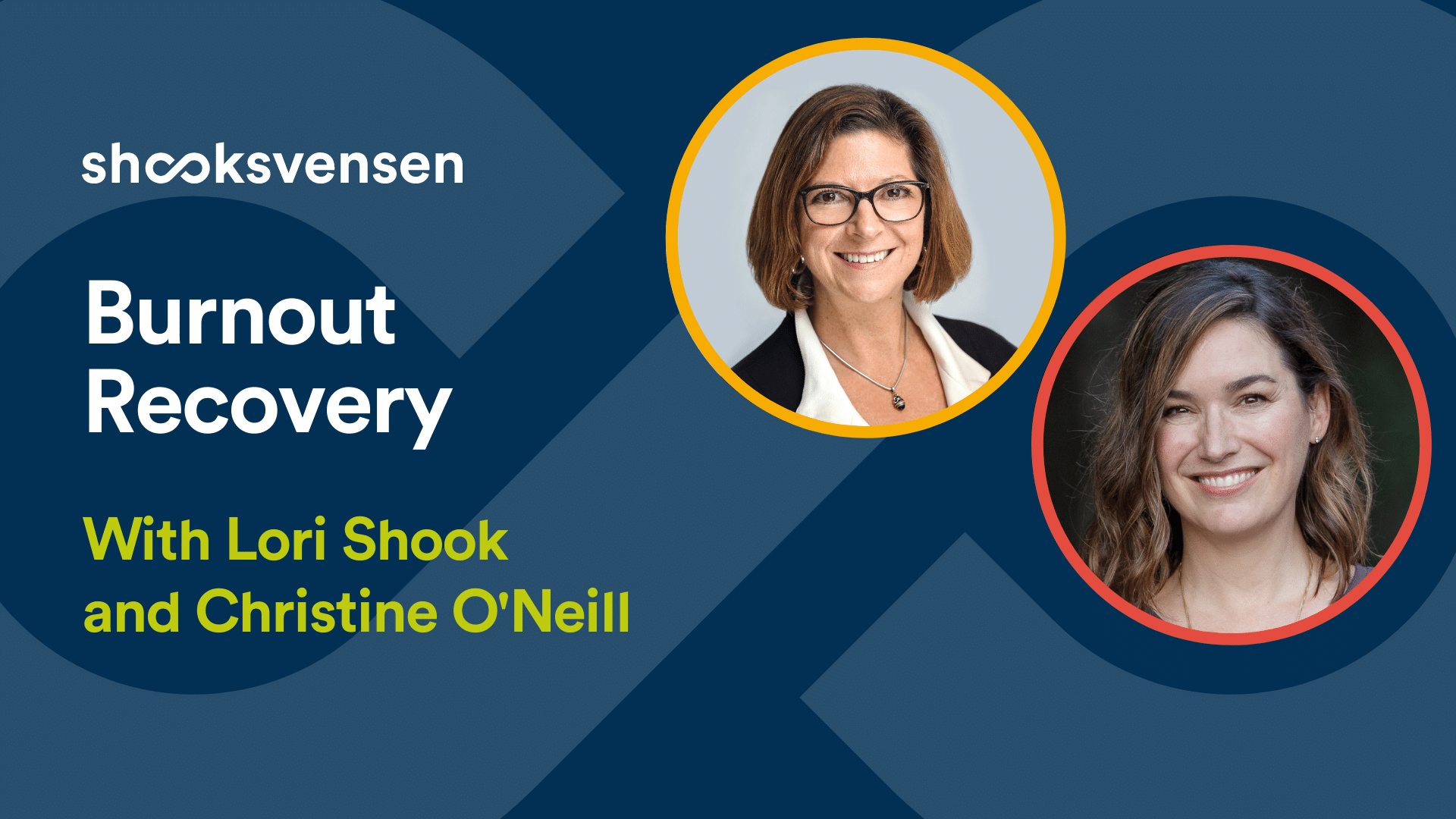
What is burnout really?
Let’s look at what burnout really is – because it is a very serious phenomenon that deserves attention.
Recently, we hosted a webinar with expert Christine O’Neill who taught us a lot about what the WHO has described as an Occupational Phenomenon: Burnout.
How does burnout develop?
Burnout begins with normal stressors, a fundamental part of life. We can recover from this stress by taking a break or getting a good night’s sleep.
When the stressors build up, we can end up with chronic stress which is harder to recover from – we might need a week’s vacation to recover.
If the stress continues to increase, it can in turn lead to overwhelm and then, finally, to burnout – which is a complete collapse of your ability to manage stress. It takes a long time to recover from burnout.
Here are signs that you may be burnt out or heading in that direction:
- Physical exhaustion – you can’t seem to recover
- Feeling a strong sense of negativity about work (and life)
- Decreased personal and professional efficacy – you just can’t get things done
- You end up experiencing a deep sense of hopelessness and “End Stage Exhaustion”.
Once you hit that stage, you need to take time to recover. And burnout recovery requires a slightly different plan than burnout prevention. Let’s consider the similarities and differences:
To Prevent burnout:
- Sleep well and take breaks
- Exercise – including vigorous exercise
- Massages, spa-days and other time-out activities
- Meditation
- Getting out in nature
- Connect with people
To Recover from burnout:
First, it helps to be aware that there is a toll taken on your nervous system and the rest of your body from this chronic stress. But this state is reversible. Recovery will likely follow these stages:
Stage 1:
- Taking time off from work is critical – this is a chronic illness
- Gentle exercise (nothing vigorous!) – this might include gentle yoga
- Meditation
- Setting boundaries around your time
- Implementing a self-care routine
- Good nutrition – maintaining a healthy diet
- Hydration – drinking plenty of water
Stage 2:
- Understanding the circumstances that got you here
- Identifying your inner drivers and mindset
- Using techniques such as journaling to process what happened
- Considering a neurodiversity root cause
Stage 3:
- Address the drivers that got you here – change your working environment or change your mindset to provide a better overall approach to work and life
- Make changes that will help you recover and prevent relapse
Clearly, to recover from burnout we need to make some big changes. Consider these contributors that might need to be addressed:
Is it your workplace?
If the environment you work in is simply too hard driving, you might need to leave the organisation. No kidding.
Many people today consider their work as a ‘family’, this is not always constructive as it pushes them harder to ‘people please’. Perhaps a healthier approach is to think of work as a community, where we go to work, we feel involved, but in this way, we have a greater measure of control and can better delineate between work and life outside work.
Are you the hard driver?
If you realise that you are the one pushing yourself too much, you will need to take a hard look at your thought patterns and see what you can change and how you can develop good boundaries and a reasonable workload for yourself.
Listen to the conversation (one hour)

In this webinar, Lori and her guest, Christine O’Neill discussed burnout: how it happens, how to prevent it and what it takes to recover. Christine brought her medical expertise as well as her personal experience with burnout and her recovery process.
Learn more